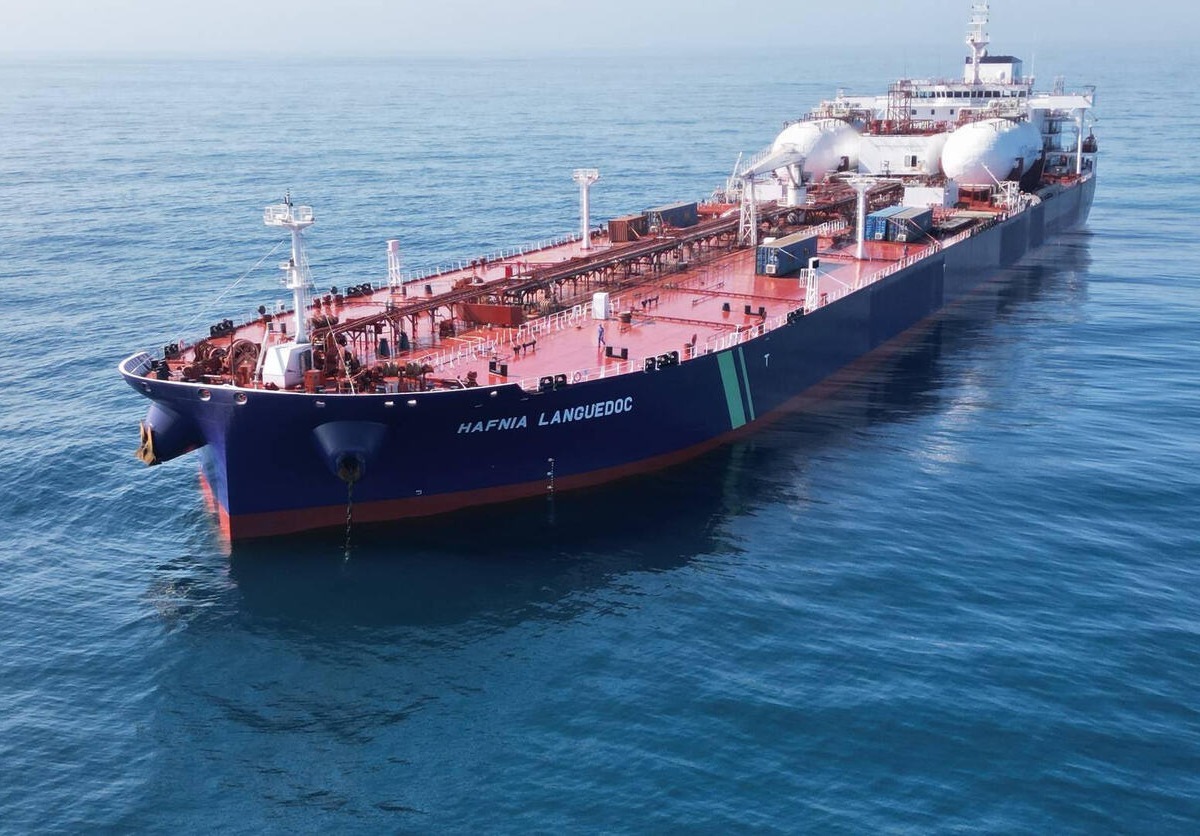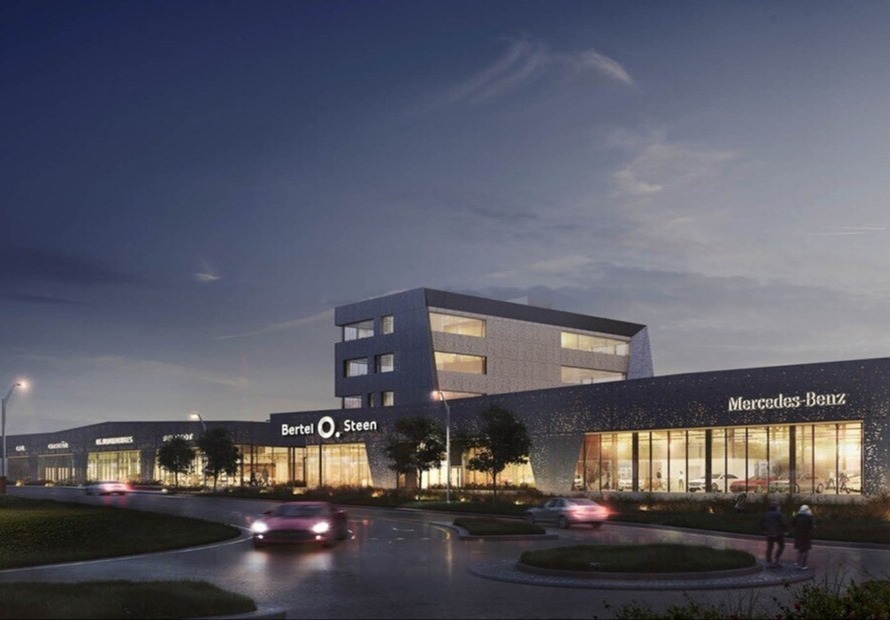Mercedes-Benz utilizes ServiceNow as their HR-platform to support the entire organization and respective employees. Learn how The Cloud People helped to consolidate more than 500 HR services in ServiceNow HRSD as their renewed HR gateway.
Who we serve
Get inspired by discovering success stories from other companies




Case study
Netox's new era of AI-powered IT services
Netox transforms IT services through AI-powered automation with ServiceNow, enhancing efficiency, service quality, and customer experience in the Nordics.
130+
customers
10+
ServiceNow AI projects
#1
in Nordics to implement ServiceNow AI











